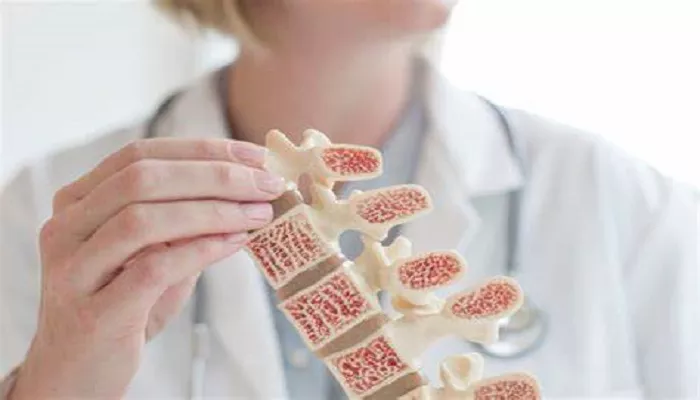Osteoporosis: Understanding the Threat and How to Guard Against It
With the accelerating pace of population aging, osteoporosis has emerged as a health concern that increasingly captures public attention. What are the perils of osteoporosis? And how can it be effectively prevented? To find out, a reporter interviewed Chen Hailing, a chief physician from the Osteoporosis Department of Beijing Jishuitan Hospital, Capital Medical University.
According to Chen Hailing, osteoporosis is a systemic bone disorder with complex causes, mainly encompassing genetic, environmental, and disease – related factors. A family history of osteoporosis significantly increases the likelihood of the disease in offspring. Environmental factors play a crucial role too. An unbalanced diet, lack of physical activity, and insufficient sun exposure can either lead to inadequate calcium intake or excessive calcium loss. Over time, these factors contribute to the development of osteoporosis. Additionally, certain diseases and the long – term use of hormone – based medications can cause bone loss, eventually resulting in this bone – weakening condition.
Osteoporosis is particularly prevalent among elderly men and postmenopausal women. Chen Hailing explained that its typical clinical manifestations include pain, spinal deformity, and fractures. In the early stages, the symptoms are often mild, presenting as a hunched back, reduced height, and low back pain after physical exertion, which are commonly seen in the elderly and often overlooked. As the condition deteriorates, patients may experience widespread pain even without physical exertion or exercise. Prolonged sitting or maintaining the same posture can also trigger pain. The most severe consequence of osteoporosis is fractures.
To prevent osteoporosis, disease risk screening is of utmost importance. Chen Hailing recommends that individuals with a family history of the disease, those suffering from rheumatism, immune system disorders, digestive system diseases, nervous system diseases, malignant tumors, and other conditions, as well as those who have been taking hormone drugs for an extended period, and people over 50 years old, should promptly visit the orthopedics department of a reputable hospital for osteoporosis testing. If early signs of osteoporosis are detected, timely intervention and treatment are essential to halt the progression of the disease.
Maintaining a balanced diet and healthy lifestyle is key to preventing osteoporosis and promoting bone health. Chen Hailing suggests consuming calcium – rich foods like milk, yogurt, cheese, and kelp, along with an adequate amount of protein, to ensure a diverse diet. The elderly, in particular, should pay close attention to dietary calcium supplementation.
Vitamin D is vital for calcium absorption and utilization, and sunbathing is the safest way for the body to obtain it. The optimal time for sunbathing is between 11 a.m. and 2 p.m., with each session lasting 15 to 30 minutes. It’s best to avoid using sunscreen and sunbathing through clothes or glass. Moderate exercise, such as brisk walking, swimming, cycling, and other aerobic activities, can enhance cardiovascular function and promote blood circulation. For the elderly, balance and flexibility training, like dancing and Tai Chi, can effectively reduce the risk of falls.
For those already diagnosed with osteoporosis, active anti – osteoporosis treatment and proper supplementation of calcium and vitamin D are necessary. Chen Hailing advises that elderly individuals with a normal diet but without dairy product consumption, as well as osteoporosis patients, can take an additional 500 to 600 milligrams of calcium supplements daily.
Another common question is whether drinking coffee can cause osteoporosis. Chen Hailing clarified that moderate coffee consumption does not lead to osteoporosis. However, excessive caffeine intake can increase the risk. For healthy adults, consuming more than 400 milligrams of caffeine per day, equivalent to 3 to 5 cups of coffee, raises the likelihood of developing osteoporosis. It’s worth noting that tea, some carbonated beverages, energy drinks, and freshly made beverages like milk tea also contain significant amounts of caffeine. Therefore, in addition to controlling coffee intake, it’s important to limit the consumption of other caffeine – rich foods.
Related topics


